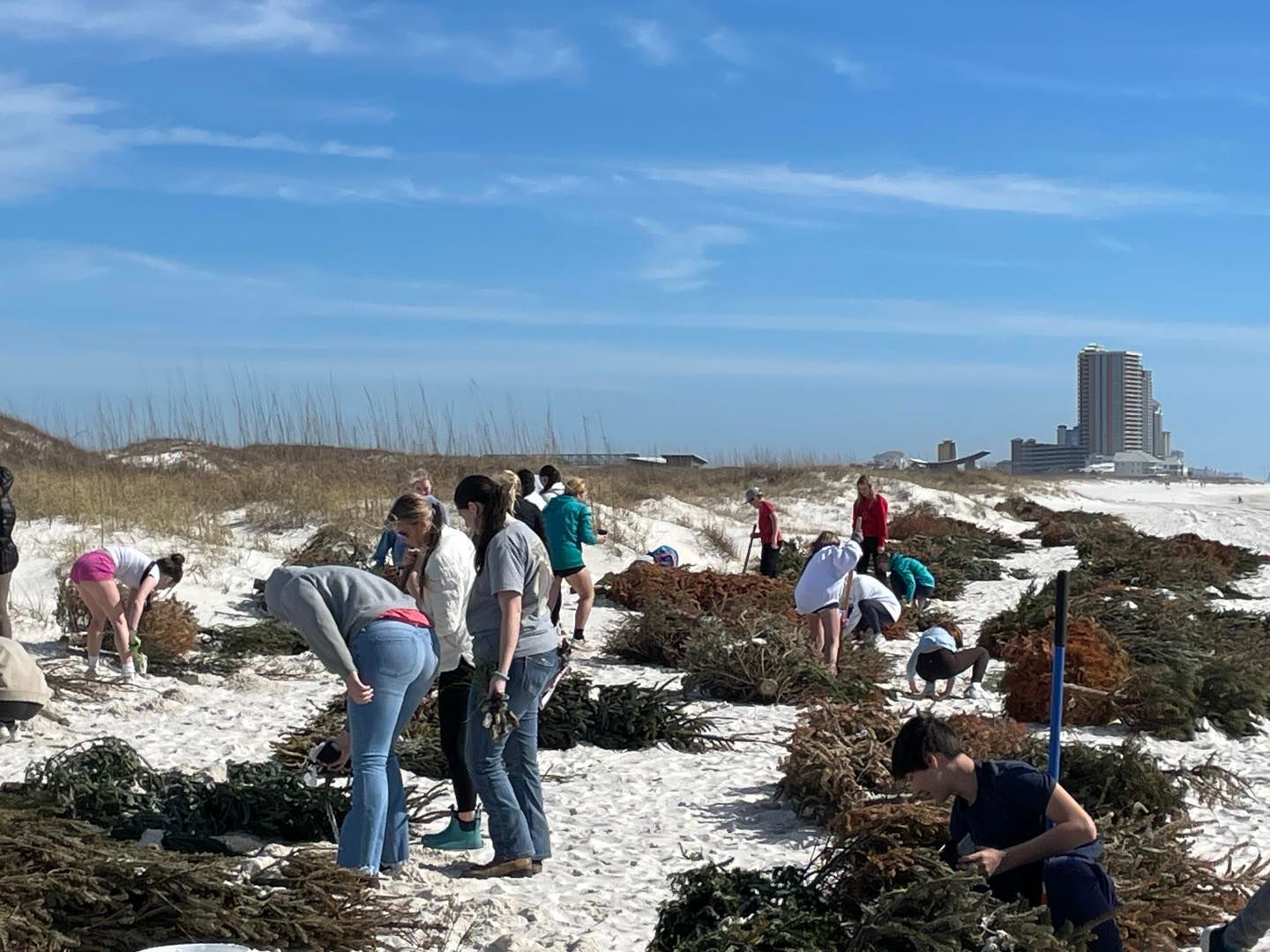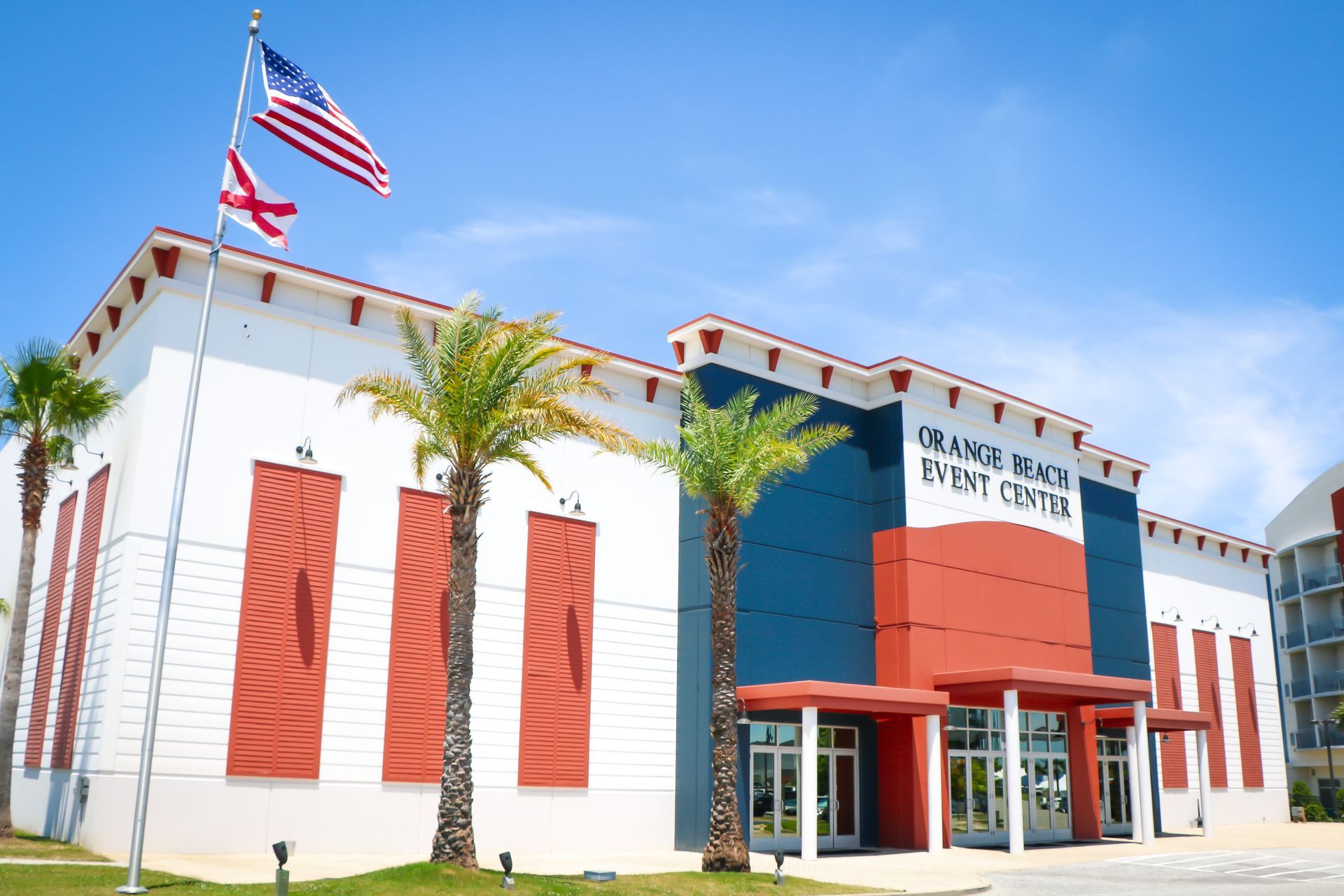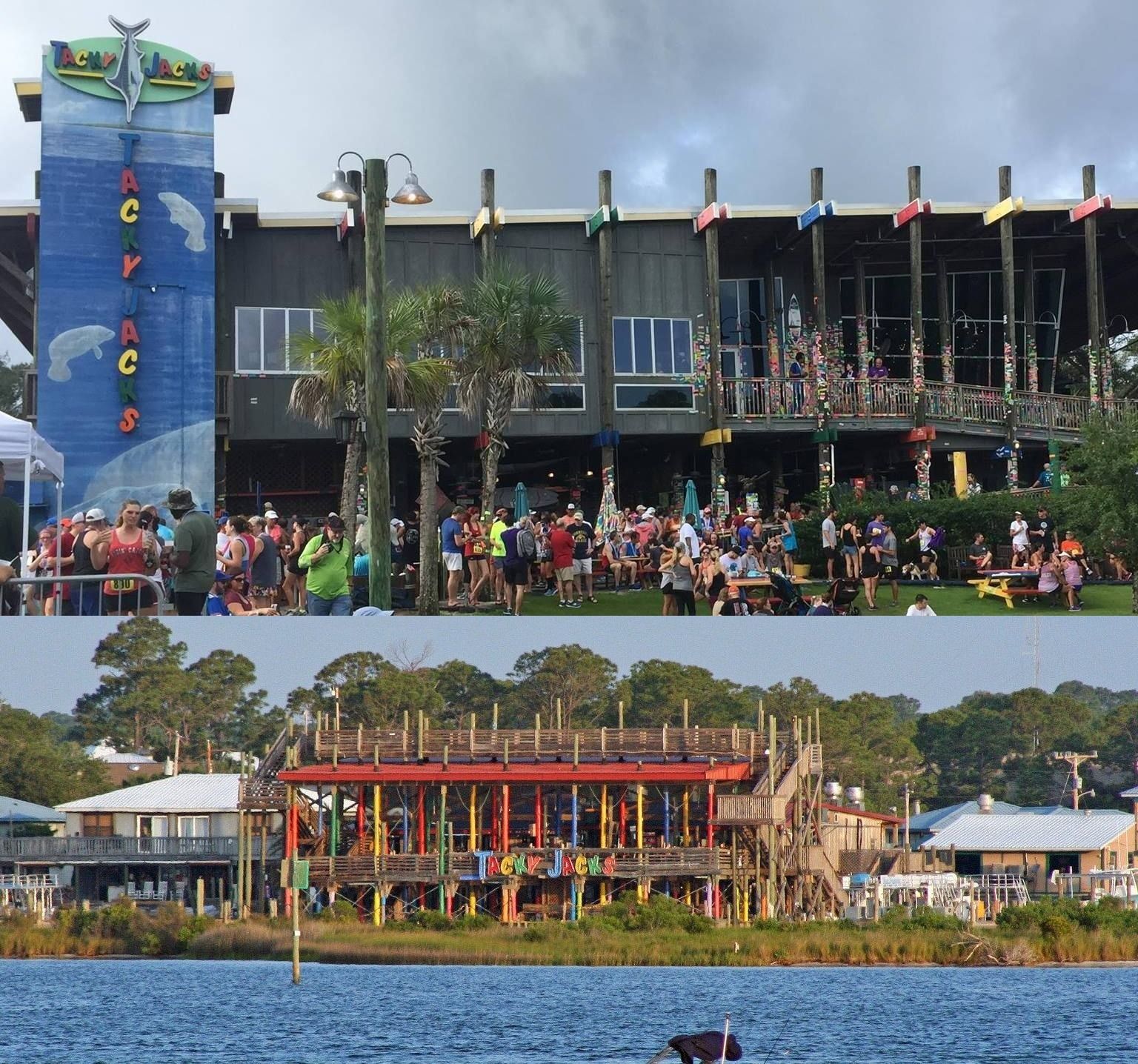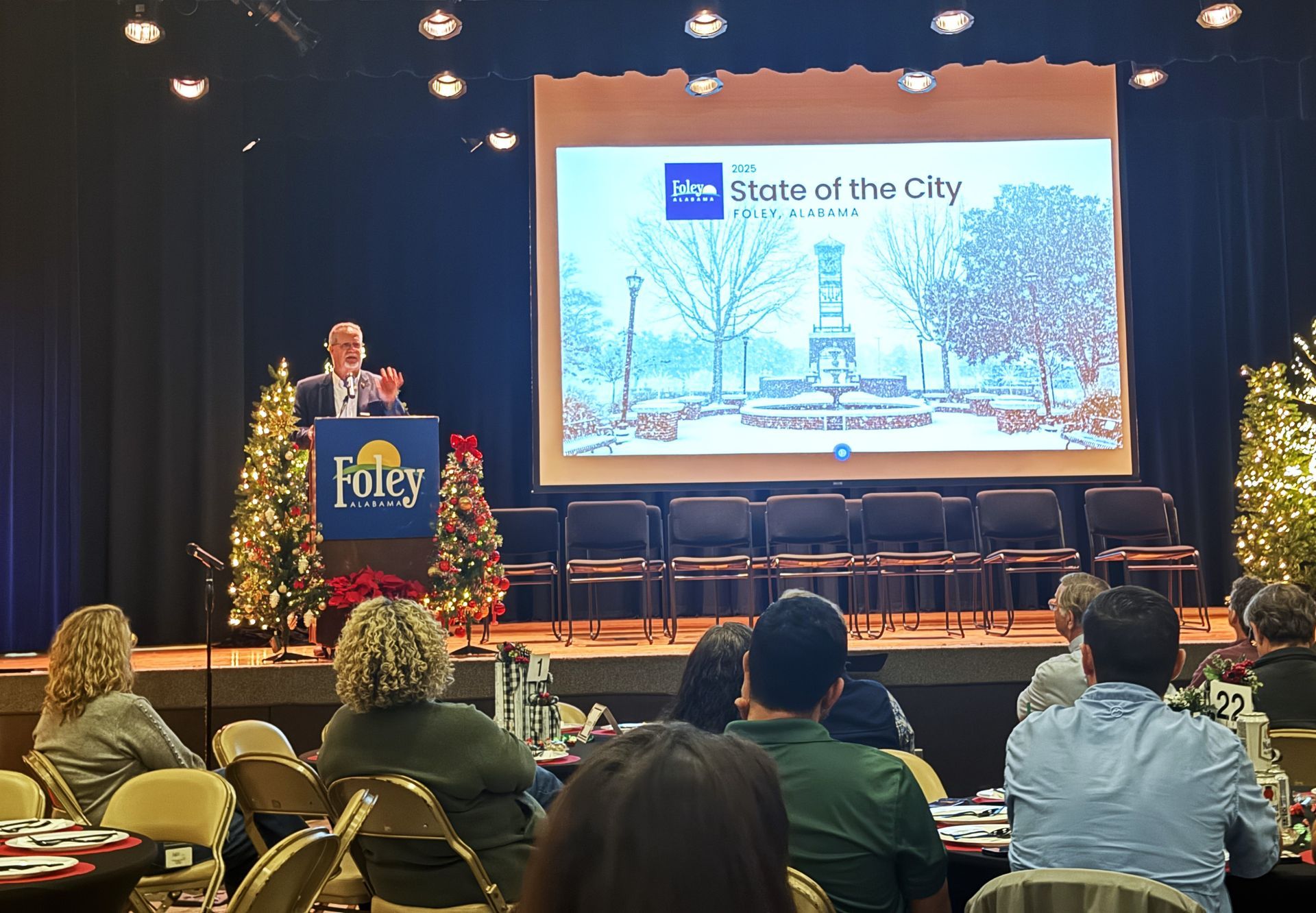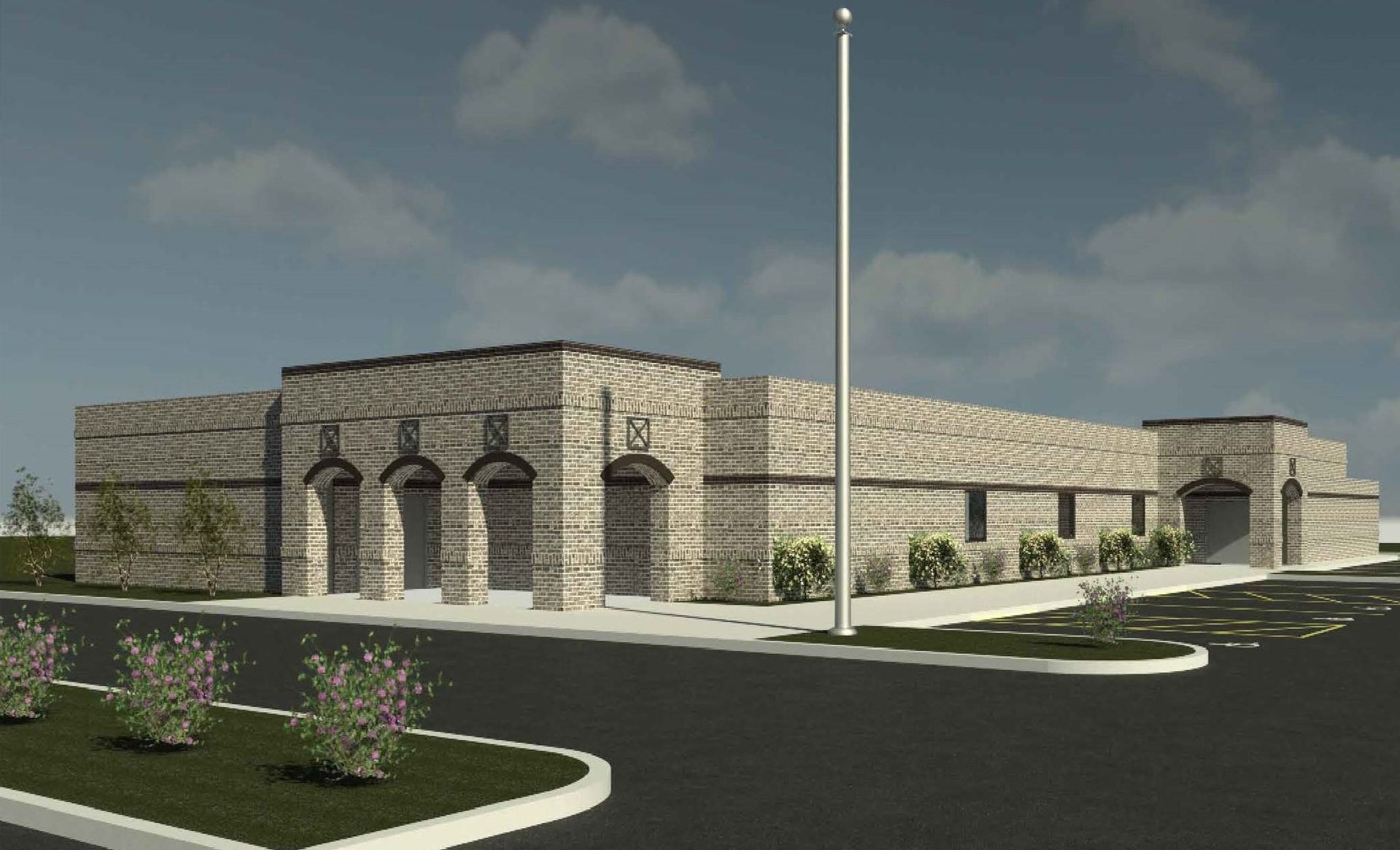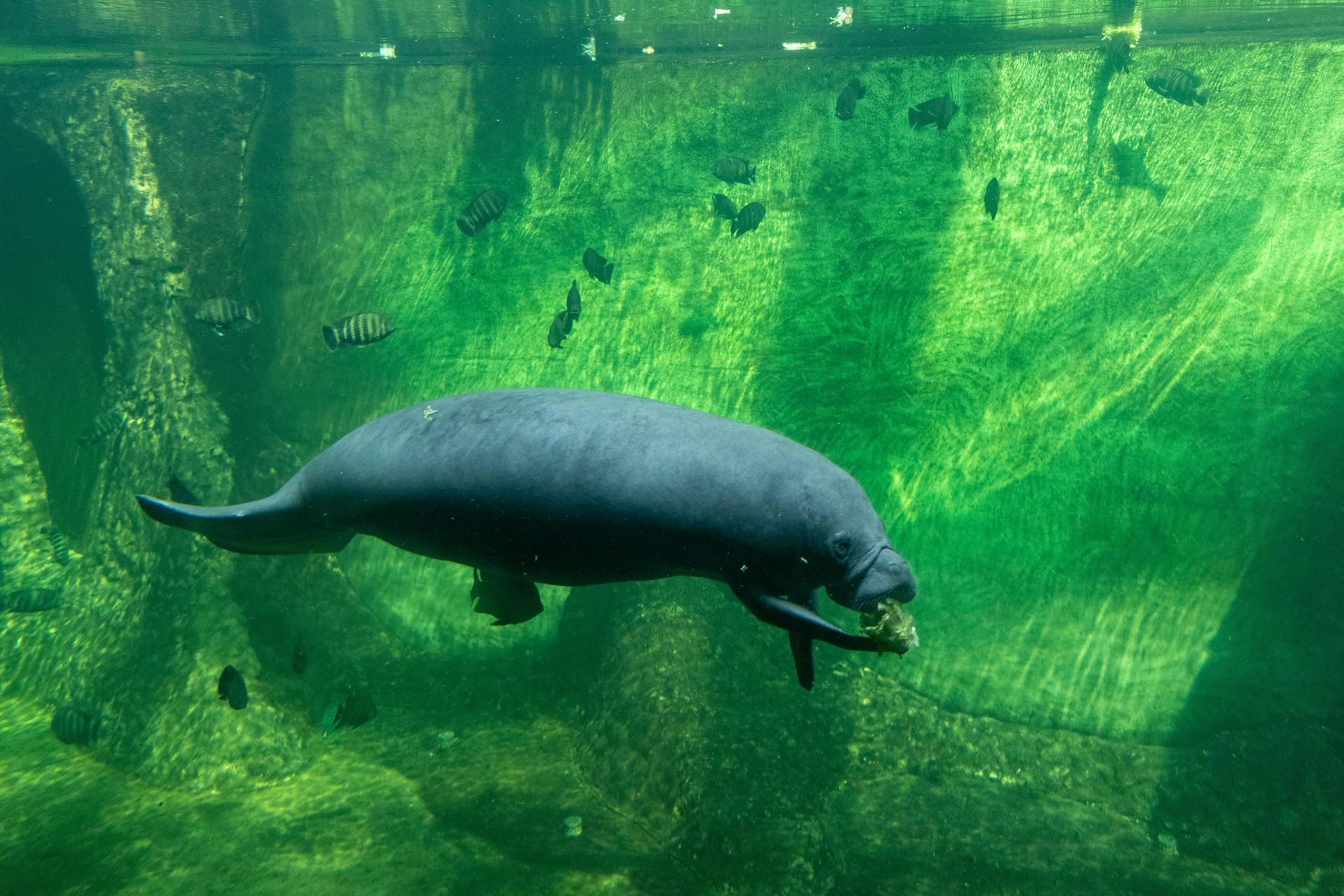Auburn Completes Waterway Study in Terry Cove and Cotton Bayou
Study recommends dredging and aeration for waterway health
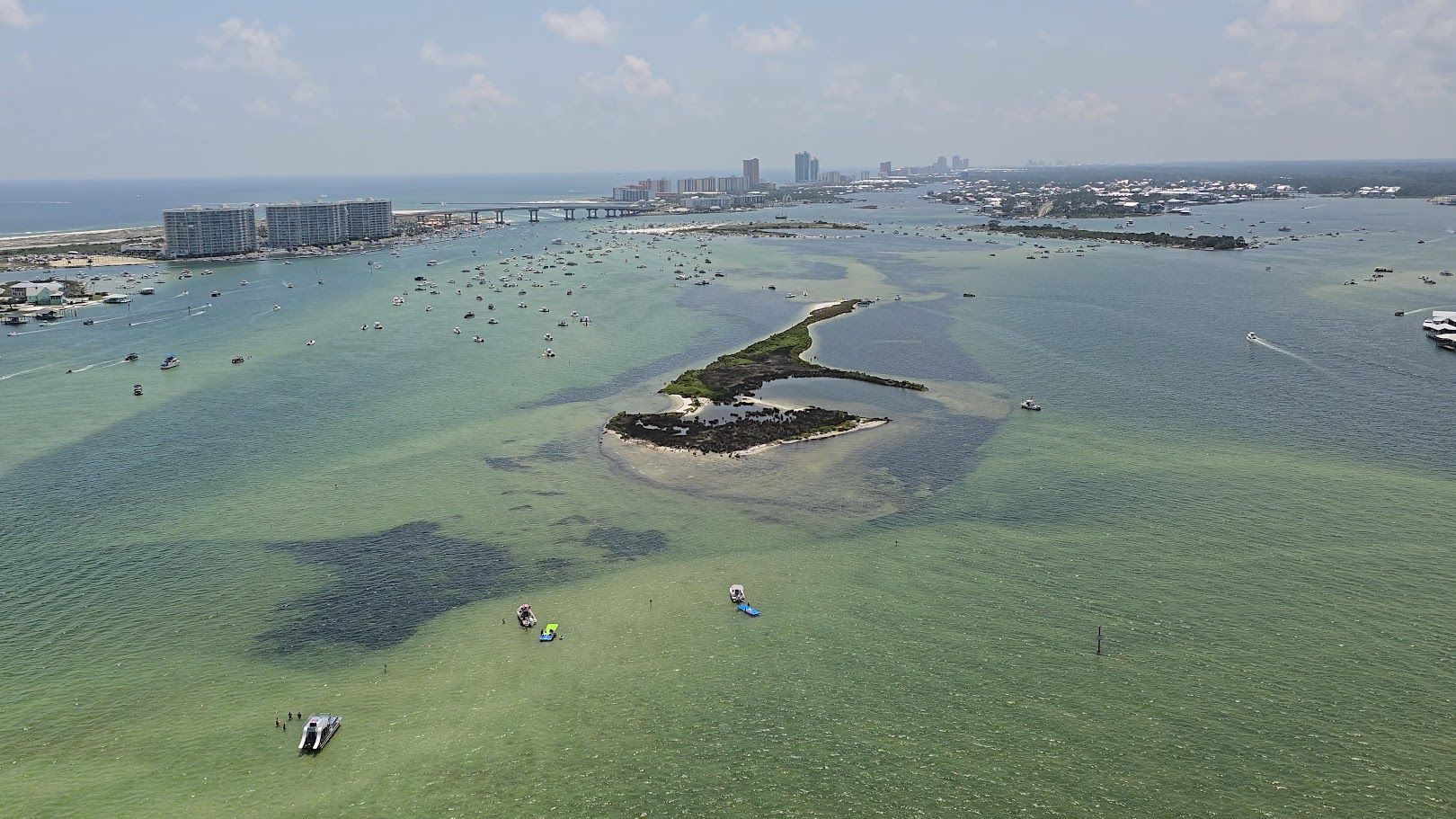
Orange Beach, Ala. – (OBA) – The Cotton Bayou/Terry Cove bodies of water are part of the Perdido Bay watershed. This system connects to the Gulf of Mexico through Perdido Pass and has traditionally provided nursery habitat for aquatic and bird wildlife.
Development over the years has replaced much of the natural shoreline with seawalls and pier structures. Sediment buildup has disrupted natural water mixing, leading to issues with water quality. These factors contribute to fluctuating temperature, salinity, and dissolved oxygen levels, resulting in algal blooms and fish kills.
The project aims to develop a science-based understanding of the factors affecting the environmental health of the Cotton Bayou/Terry Cove system. The goal is to create a defensible plan to restore the area's ecological balance and improve overall health.
Auburn University has completed a project funded by the Gulf Coast Ecosystem Restoration Council (RESTORE Council) to address low oxygen levels. The project involved data collection and modeling.
Scientists at Auburn University used a grant to create a 3-dimensional hydrodynamic model. This model, called Environmental Fluid Dynamics Code+, evaluates restoration options.
Over the past year, scientists gathered water quality data to build the model. They calibrated and tested it with this data. After testing, they ran various restoration scenarios to improve oxygen levels.
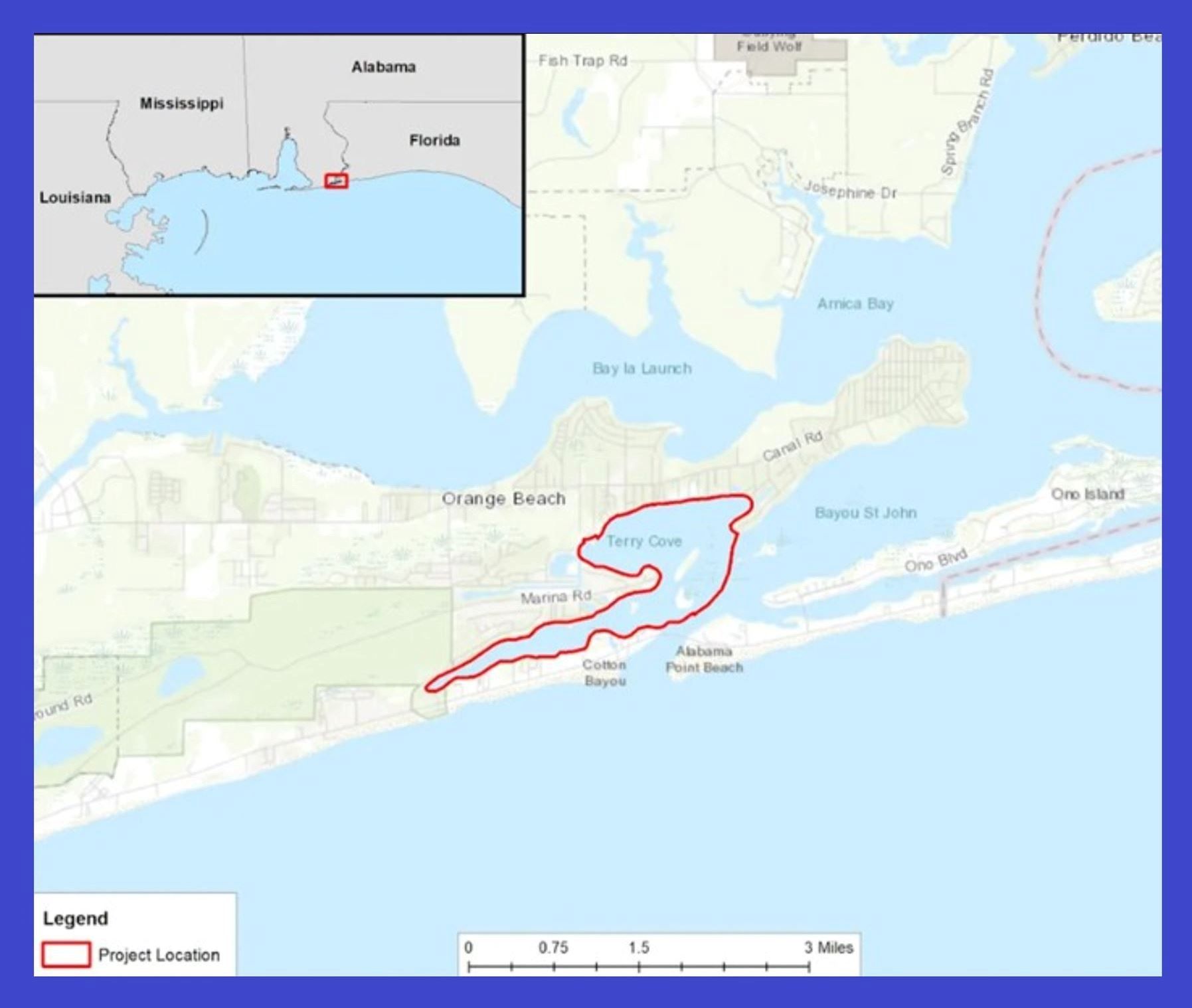
The four restoration scenarios that were tested include:
- Installing large bottom mounted aerators/bubblers throughout the areas with low oxygen,
- Pumping water directly from the Gulf of Mexico to the western end of Cotton Bayou,
- Dredging the shallow channel between Cotton Bayou and the channel that leads to Perdido Pass and the open Gulf of Mexico and,
- A combination of aerators and dredging.
The researchers used their hydrodynamic model to evaluate different scenarios for improving oxygen levels in the Cotton Bayou/Terry Cove system. Their analysis revealed that a combination of targeted dredging and installing bottom aerators would likely be most effective.
According to the model simulations, this mixed approach would help maintain higher dissolved oxygen concentrations in the water. This strategy could reduce the risk of fish kills affecting species like menhaden and mitigate other negative impacts of low oxygen conditions.
By implementing targeted dredging and bottom aeration, the researchers predict they can prevent the seasonal oxygen depletion that threatens the ecological health of the waterway. This combined method addresses both sediment-related oxygen demand and water circulation issues
ADCNR Commissioner Chris Blankenship said, "The goal of this project was to develop a science-based comprehensive understanding of the factors governing the environmental and ecological health of the Cotton Bayou/Terry Cove system," Commissioner Blankenship went on to say, "These modeling efforts have accomplished that and given us information to guide future restoration activities to improve water quality and avoid fish kills.”
Orange Beach Mayor Tony Kennon also commented on the project. “Water quality is integral to our way of life in Orange Beach. This work provides practical suggestions on maintaining that water quality for our citizens to continue to enjoy.”
For more information about this project, including model simulation results and observational data, visit
https://www.eng.auburn.edu/users/jsh0024/cb-tc/cb-tc.html.
Share this article w/ Friends...
